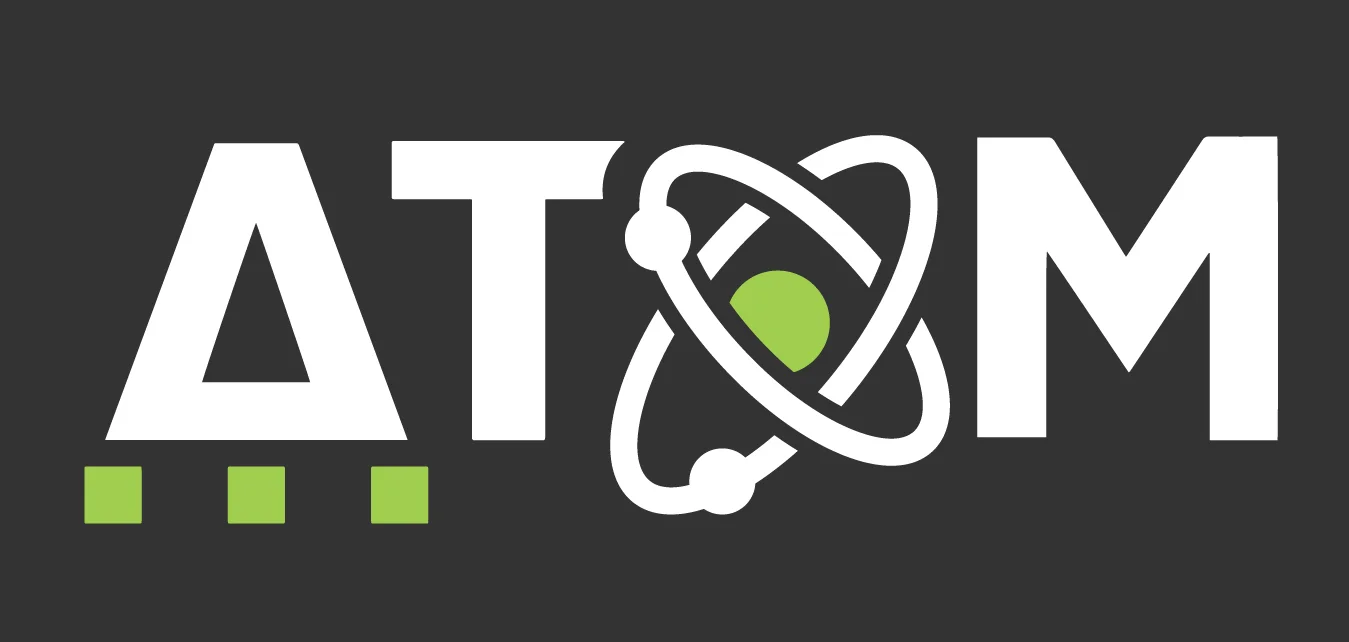Table of Contents
-
- Historical Perspective of Cannabis as a Migraine Treatment
- Current Understanding of Cannabis and Migraine Relief
- Exploring the Mechanisms of Action
- Ongoing Research and Clinical Trials
- Dosing, Administration, and Safety Considerations
- Integrating Cannabis into the Migraine Treatment Toolbox
- Conclusions
- FAQs
Looking for a natural remedy for headache relief? Say goodbye to headaches. Cannabis the Relief Remedy for Migraine: Discover its potential benefits, effectiveness, and safe usage and explore a new path to relief.
Historical Perspective of Cannabis as a Migraine Treatment
Cannabis, a plant with a long history of medicinal use, has been utilized for centuries to alleviate severe headache-like pain. In ancient times, cannabis was a valuable remedy for various ailments, including migraines. As Western medicine progressed, there were shifts in the acceptance and legal status of cannabis, impacting its availability as a treatment option.

Dating back to the second millennium B.C., there were early mentions of cannabis as herbal medicine for migraines. Historical texts and accounts highlight its potential efficacy in mitigating the intensity and duration of migraine attacks. These ancient observations lay the groundwork for exploring cannabis as a modern-day solution for migraine relief.
Current Understanding of Cannabis and Migraine Relief
In recent years, researchers have conducted randomized controlled trials to investigate the potential of cannabis as a treatment option for migraines. The results have been promising, showcasing a reduction in migraine severity and frequency in some study participants.
One notable aspect of these studies is that the benefits appear regardless of the tetrahydrocannabinol (THC) or cannabidiol (CBD) content in cannabis products. THC is the psychoactive compound responsible for the “high” with marijuana, while CBD is non-intoxicating and it possess various therapeutic properties.
The observed positive effects of cannabis on migraines is thanks to its interaction with the endocannabinoid system (ECS) in our bodies. The ECS plays a vital role in regulating pain perception, and cannabis compounds may modulate this system to relieve migraine symptoms.
It is important to note that while cannabis shows promise, further research is needed to fully understand its mechanisms of action, optimal dosages, and potential long-term effects. Additionally, individual responses to cannabis treatments can vary, and consulting with healthcare professionals experienced in cannabinoid therapy is essential for personalized and safe usage.
Exploring the Mechanisms of Action
The mechanisms through which cannabis affects migraines are still being explored. One significant aspect is the interaction of cannabinoids, such as THC and CBD, with the body’s endocannabinoid system (ECS). The ECS plays a crucial role in regulating pain perception, and cannabinoids may influence its functioning, potentially relieving migraines.
Moreover, cannabis’s impact on pain modulation and neuroinflammation associated with migraines is an area of interest. Studies suggest that cannabinoids possess anti-inflammatory properties and may alleviate neuroinflammation, a common characteristic of migraines. By targeting these processes, cannabis could help reduce the intensity and frequency of migraine attacks.
However, further research is needed to fully elucidate the exact mechanisms through which cannabis interacts with the ECS and modulates pain and inflammation. A deeper understanding of these mechanisms would contribute to developing more targeted and effective cannabis-based treatments for migraines.
Ongoing Research and Clinical Trials
The field of cannabis research for migraines is constantly evolving, with ongoing randomized controlled trials shedding light on its potential benefits. These trials aim to assess the effectiveness of cannabis in providing acute pain relief, reducing bothersome symptoms, and examining its long-term effects on migraine management.
Through these controlled clinical studies, researchers gather valuable data on the efficacy and safety of cannabis for migraines. This information is crucial for informed medical decision-making and providing evidence-based recommendations to patients. Rigorous research protocols help establish the validity of cannabis as a viable treatment option and provide insights into its optimal usage.
Dosing, Administration, and Safety Considerations

When considering cannabis for migraines, it is essential to work with a healthcare professional experienced in cannabis treatment. They can guide patients on appropriate dosing and administration methods based on individual needs and responses.
Cannabis products vary in their THC and CBD ratios, and different ratios may produce varying effects. A healthcare professional can help determine the optimal balance for each individual, considering pain severity, symptom patterns, and personal preferences.
Safety is of paramount importance when using cannabis for migraines. While generally well-tolerated, cannabis may have potential side effects, such as drowsiness, dizziness, or temporary cognitive impairment. Long-term use should be monitored, and individuals should know the potential risks and benefits.
Collaboration between patients and healthcare professionals is crucial for effective and safe cannabis treatment. Regular follow-ups, open communication, and adherence to recommended guidelines ensure optimal outcomes and minimize any potential risks associated with cannabis usage.
Integrating Cannabis into the Migraine Treatment Toolbox
When it comes to managing migraines, cannabis is one part of a comprehensive approach. It is essential to view cannabis as a potential addition to existing treatment options rather than a standalone solution. Each migraine experience is unique, and personalized treatment plans considering individual needs are vital for successful management.
Collaborative decision-making between patients and healthcare professionals is crucial in integrating cannabis into the migraine treatment toolbox. Open and honest discussions about the potential benefits, risks, and considerations of cannabis usage allow for conscious choices. Healthcare professionals can guide on incorporating cannabis into existing treatment regimens, ensuring proper evaluation of all aspects of the patient’s health and well-being.
Conclusion
Cannabis holds promising potential as a treatment option for some migraine sufferers. However, further research, clinical trials, and evidence-based guidelines are needed to establish its role definitively. Encouraging dialogue between patients, doctors, and researchers is crucial for advancing our understanding and improving migraine care. By continuing to explore cannabis’s efficacy and safety, we can enhance treatment options and ultimately improve the quality of life for individuals living with migraines.
FAQs

Can cannabis treat migraines?
Yes, cannabis shows potential as a treatment option for migraines, but there’s a need for further research to understand its effectiveness and safety fully.
Which cannabinoid is best for migraines?
Both THC and CBD have shown potential benefits in managing migraines. The optimal cannabinoid or combination may vary among individuals, and it is best to consult with a healthcare professional for personalized recommendations.
What is the best herb for migraines?
While cannabis has gained attention for its potential in migraine management, it is essential to consider a holistic approach. There have been various studies on different herbs, such as feverfew and butterbur, for their potential migraine-relieving properties. However, individual responses may vary; consulting with a healthcare professional is recommended.
What drugs cure migraines?
There is no cure for migraines, but medications are available to help manage symptoms and reduce the frequency and severity of attacks. Triptans, for example, are commonly prescribed to relieve migraines. However, the choice of medication depends on various factors, and working with a healthcare professional to find the most suitable treatment for each individual is essential.









